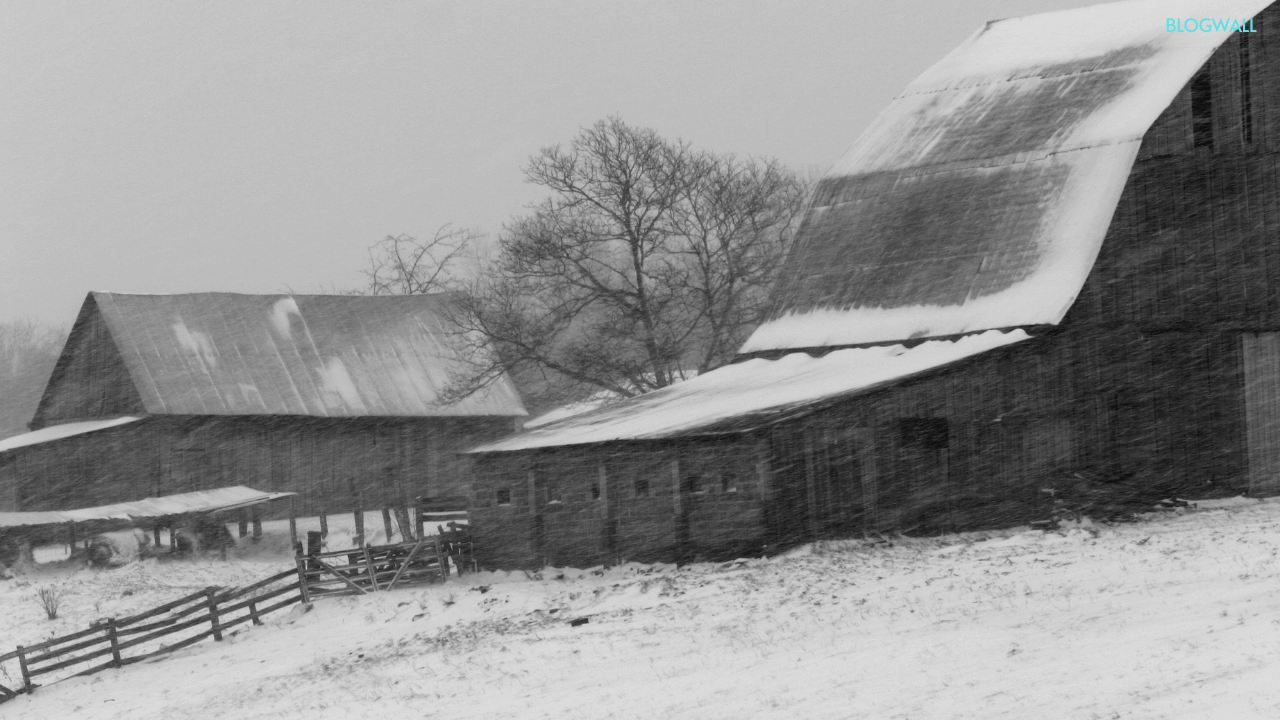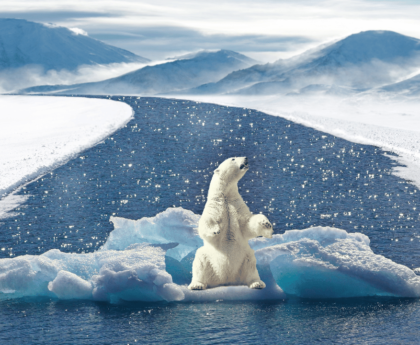Learn how snow squalls impact travel and safety with sudden, blinding conditions. Discover essential tips to stay safe during this dangerous winter weather phenomenon.
Introduction
A snow squall is a weather phenomenon that may appear brief but carries severe consequences. These intense bursts of heavy snow and strong winds can transform a calm winter day into a dangerous ordeal in moments. As a fast-moving storm system sweeps across the Midwest and Northeast, it brings with it the threat of snow squalls, whiteout conditions, and travel chaos. In this article, we’ll explore what snow -qualls are, their dangers, and how to stay safe during these treacherous events.
What is a Snow Squall?
A snow-squall is a brief but intense period of heavy snowfall accompanied by strong, gusty winds. Unlike a prolonged snowstorm, snow-squalls are short-lived, often lasting only 30 minutes to an hour. However, their sudden onset and extreme conditions can lead to reduced visibility, icy roads, and dangerous driving conditions.
The defining characteristics of a snow squall include:
- Whiteout Conditions: Visibility can drop to near zero within seconds, making it almost impossible to see the road ahead.
- Rapid Accumulation: Snow can accumulate quickly, creating slick and hazardous driving surfaces.
- Strong Winds: Gusts can reach 30 to 50 mph, compounding the danger by blowing snow into the air and reducing visibility even further.
Why Snow Squalls Are Dangerous
The danger of snow squalls lies in their unpredictability and intensity. Unlike a typical snowstorm, snow squalls can develop suddenly, leaving little time to prepare or react. Here’s why they are considered one of the most hazardous winter weather phenomena:
1. Driving Hazards
Snow squalls create conditions where visibility can drop to zero within moments, a scenario that has caused tragic accidents in the past. For example, a snow-squall in Pennsylvania in 2022 led to an 80-vehicle pileup, claiming six lives.
- Blinding Visibility: Drivers may suddenly find themselves unable to see the vehicle ahead.
- Icy Roads: Rapid cooling during a squall can lead to flash freezing, making roads slippery and dangerous.
- Panic and Collisions: The suddenness of snow-squalls often causes panic, increasing the risk of collisions.
2. Power Outages and Property Damage
Strong winds associated with snow -qualls can knock down trees and power lines, leading to widespread outages.
- Homes may lose heating during frigid temperatures.
- Damaged trees and flying debris can pose additional hazards.
Read More: China Bans Exports: Rare Minerals Blocked in U.S. Trade Escalation
3. Impact on Infrastructure
Snow squalls may not dump as much snow as a blizzard, but the rapid accumulation can still disrupt transportation and infrastructure.
- Highways may become impassable in minutes.
- Flights and public transportation schedules often face delays or cancellations.
Current Snow Squall Threat Across the Midwest and Northeast
The ongoing winter storm poses a significant threat of snow squalls from the Midwest to the Northeast. As it progresses:
- Midwest Impact: Regions are already experiencing intense bursts of snow and gusty winds.
- Northeast Concerns: Snow squalls are expected to develop Wednesday night into Thursday, with the heaviest snow falling in elevated areas and downwind of the Great Lakes.
- Wind Risks: Gusts of 30 to 50 mph are predicted, raising the risk of power outages across the Appalachians, mid-Atlantic, and New England regions.
How to Stay Safe During a Snow Squall
While snow-squalls can’t be prevented, knowing how to respond can significantly reduce your risk. Here are some tips to stay safe:
1. Monitor Weather Updates
- Stay tuned to weather alerts and warnings from reliable sources like the Weather Prediction Center.
- Many areas now issue specific snow-squall warnings, providing critical time to prepare.
2. Avoid Travel When a Squall is Likely
- If a snow squall warning is issued, postpone non-essential travel until the squall has passed.
- If already on the road, find a safe place to pull over and wait until conditions improve.
3. Prepare Your Vehicle
- Ensure your ride is set for those frosty winter days with some snow tires slapped on, a sweet emergency kit in the trunk, and a gas tank that’s topped up to the brim.
- Keep a blanket, flashlight, and extra phone charger in your vehicle.
4. Drive Cautiously
- Reduce your speed and put some more space between you and the cars around you.
- Avoid sudden stops or speeding up, okay? It can make your car slide around, which isn’t exactly fun or safe.
- Use headlights to increase visibility for yourself and others.
5. Protect Your Home
- Secure outdoor stuff that might get blown away by strong winds.
- Stock up on essentials in case of power outages, including batteries, non-perishable food, and water.
Long-Term Precautions for Snow Squalls
Being proactive about snow-squalls can help mitigate their impact:
- Invest in Winter Supplies: Snow chains, shovels, and de-icing salt can be invaluable.
- Emergency Plans: Have a plan in place for power outages, including alternative heating methods.
- Community Awareness: Educate family and neighbors about the dangers of snow squalls and the importance of preparedness.
The Beauty and Brutality of Snow Squalls
Despite their dangers, snow-squalls are a reminder of nature’s raw power and beauty. The swirling snow and dramatic winds create a mesmerizing, albeit hazardous, display. However, it’s essential to respect their potential for destruction by staying informed and prepared.
Conclusion
Snow-squalls, with their sudden intensity and dangerous conditions, are a winter hazard that demands caution and preparation. Whether you’re on the road or at home, understanding the risks and taking proactive steps can make all the difference. Stay informed, keep safety in mind, and here’s the deal: when a snow squall hits, nowhere on the road is like your comfy couch, okay? It’s all pretty risky out there! Stay off it, and let the storm pass.





